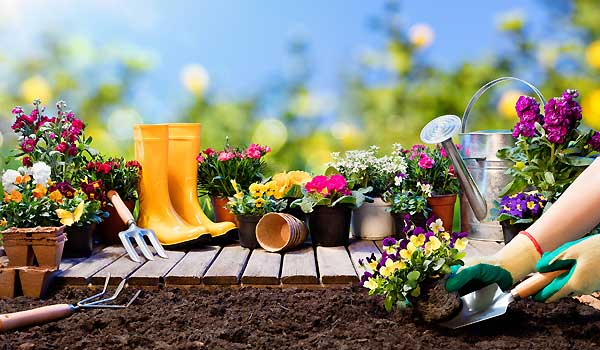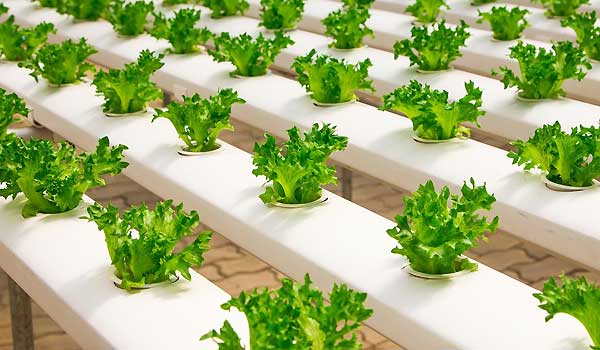Summer is nearly over and the garden outside is finished for the year. All the…
Gardening Starts With Good Soil

Good soil is necessary for growing bountiful crops. But whether your soil is sandy or clay, if it has rocks in it or is depleted from past use, you just need to start working to improve it. This is a gradual process, but over the years any soil can be built up so as to produce good crops. Here are some tips on how to do this.
Once you get your soil analyzed, add what it needs: lime to make it less acidic is often added. If you have leaves piled from past years, they will have begun to compost. Take the ones that have broken down and spread them over the surface of the ground you want to plant. Rototill them into the soil. The humus from the leaves will enrich the soil, providing nutrients for the plants to grow–nutrients that are passed on to you when you harvest the vegetables.
If you know a farmer, ask for some manure that is at least a year old. Work this into the soil also, and it will greatly increase the abundance of your crops.
Start a compost pile, and add grass clippings, twigs, leaves and small branches, and food scraps. Next year it will be decomposed and ready to use, and can be spread on your soil to enrich it.
Rototill your garden soil each spring before you plant. This breaks up clods so the plant roots will be able to grow, and it brings air into the soil which the roots also need.
In the autumn, after everything is harvested, you can rototill the remaining foliage and roots into the soil so as to provide nitrogen for next year’s crop.
Consider planting a crop of rye grass as a winter cover. This will stabilize the soil, so winter winds and runoff from rain and melting snow do not cause some of your topsoil to be lost.
You can enrich your soil by planting a summer crop of red clover. This will put nitrogen into the soil and give you a better vegetable crop next year.
Extend your growing season by planting seedlings indoors in a sunny window. Keep them moist, and transplant them outside when there is no more frost. Plant spinach and snow peas first in the spring. They will tolerate colder temperatures than other vegetables, and provide an early harvest for your table. You can then replant the rows with other vegetables.
Look into companion planting. Plant basil around your tomato plants, and squash around your corn. These plants somehow help each other to grow better.
Try growing potatoes. They grow easily, and you can start to harvest them in late summer. Dig down carefully and harvest some of the larger potatoes that have grown on the roots. You can do this without disturbing the potato plant, and it will continue to grow and produce more potatoes until there is frost.
Now you know that the secret to an abundant garden is rich soil. Start building up your garden’s soil, and see it produce bountiful crops.



